Mango Sun Damage: Treating Mangoes With Sunburn
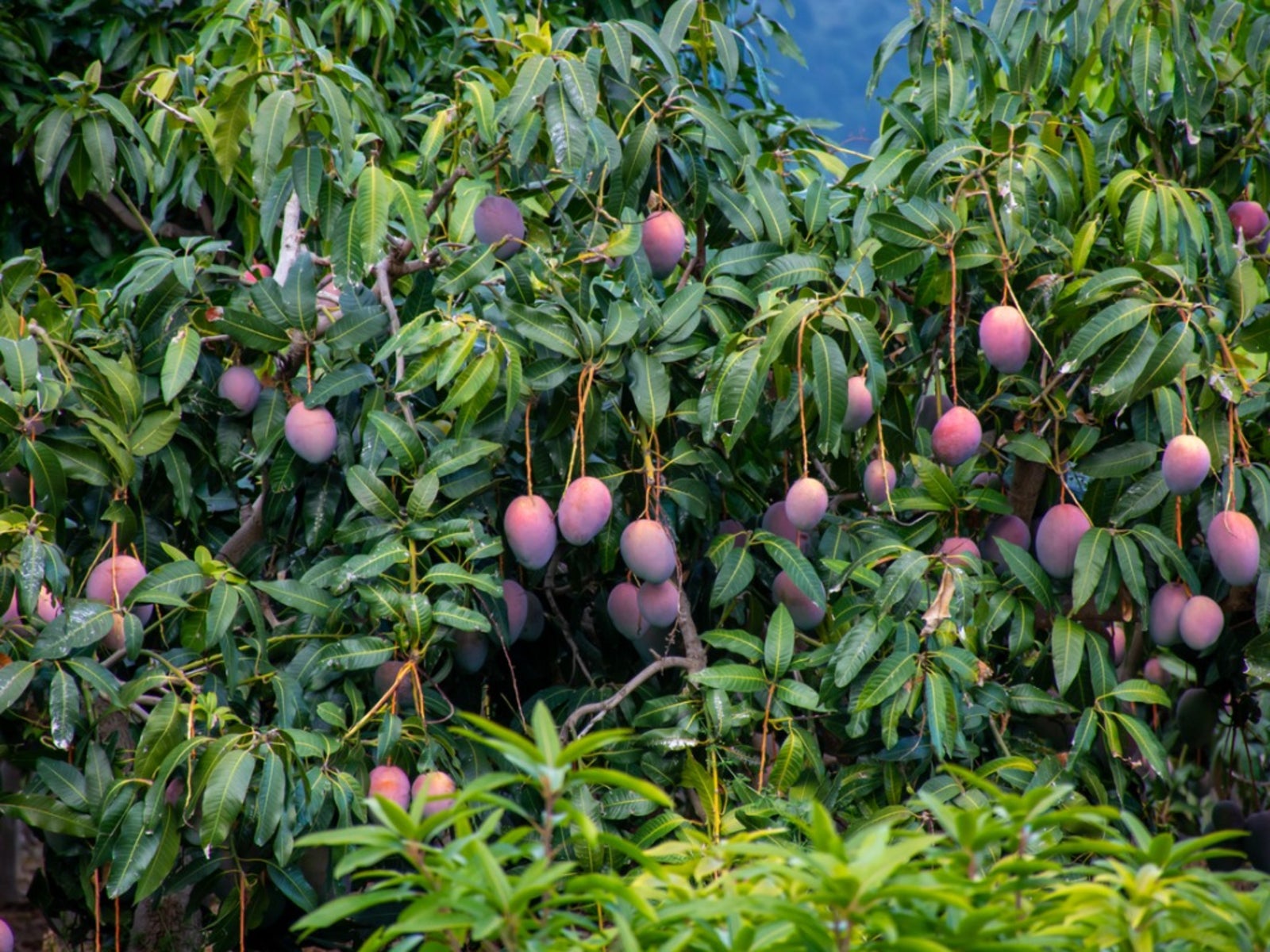

Did you ever apply a magnifying glass to an ant? If so, you understand the action behind mango sun damage. It occurs when moisture concentrates the sun's rays. The condition can cause unmarketable fruits and stunt them. Mangoes with sunburn have reduced palatability and are usually used to make juice. If you want to save the juicy fruits for out of hand eating, learn how to stop mango sunburn in your plants.
Recognizing Mangoes with Sunburn
The importance of sunscreen in humans is indisputable but can mangoes get sunburnt? Sunburn occurs in many plants, whether fruiting or not. Mango trees are affected when grown in areas with temperatures that exceed 100 degrees Fahrenheit (38 C.). A combination of moisture and high sun and heat are the culprits of mango sun damage. Preventing mango sunburn occurs with either chemicals or covers. There are several studies on the most effective methods. Mangoes that have become sunburnt have some portion, usually the dorsal surface, that is dry and shrunken. The area appears necrotic, tan to brown, with darker lining the edges and some bleed around the area. Essentially, the area has been cooked by the sun, just as if you held a blowtorch to the fruit briefly. It occurs when the sun is scorching and water or other sprays are present on the fruit. It is called the "lens effect" where the sun's heat is magnified on the skin of the mango.
Preventing Mango Sunburn
Recent developments suggest that several chemical sprays can help prevent sunburn in fruit. A trial in the Journal of Applied Sciences Research found that spraying a 5 percent solution of three different chemicals caused significantly less sunburn and fruit drop. These are kaolin, magnesium carbonate and calamine. These chemicals deflect radiation and the UV wave lengths that touch fruit. When sprayed annually, they reduce the temperatures that reach the leaves and fruit. The trial was conducted in 2010 and 2011 and it is unknown if this is now a standard practice or still undergoing testing. For quite some time, mango farmers would put paper bags over developing fruit to protect them from sun damage. However, during rain, these bags would collapse over the fruit and promote certain diseases, especially fungal issues. Then plastic caps were used over the fruit but this method could cause some moisture build up as well. A new practice uses the plastic "mango hats" that are lined with wool. Embedded in the wool lining are beneficial bacteria and a copper compound to help combat any fungal or disease issues. The results with the woolly hats showed that less sunburn occurred and the mangoes remained healthy.
Gardening tips, videos, info and more delivered right to your inbox!
Sign up for the Gardening Know How newsletter today and receive a free copy of our e-book "How to Grow Delicious Tomatoes".

Bonnie Grant is a professional landscaper with a Certification in Urban Gardening. She has been gardening and writing for 15 years. A former professional chef, she has a passion for edible landscaping.
-
 Looking For Plants To Give You The Soft And Fuzzies? Try These 5 Fuzzy Leaf Plant Options
Looking For Plants To Give You The Soft And Fuzzies? Try These 5 Fuzzy Leaf Plant OptionsLovers of texture, drama, silver foliage and tactile plants will adore these special sensory garden additions. These fuzzy leaf plant options will leave you all aglow
By Susan Albert
-
 Get Ready For A Summer Of Hummers! Grow These Full Sun Hummingbird Plants and Flowers
Get Ready For A Summer Of Hummers! Grow These Full Sun Hummingbird Plants and FlowersIf you’re lucky enough to enjoy a sunny backyard, make sure you are maxing out on your pollinator opportunities and grow these full sun hummingbird plants and flowers
By Tonya Barnett
-
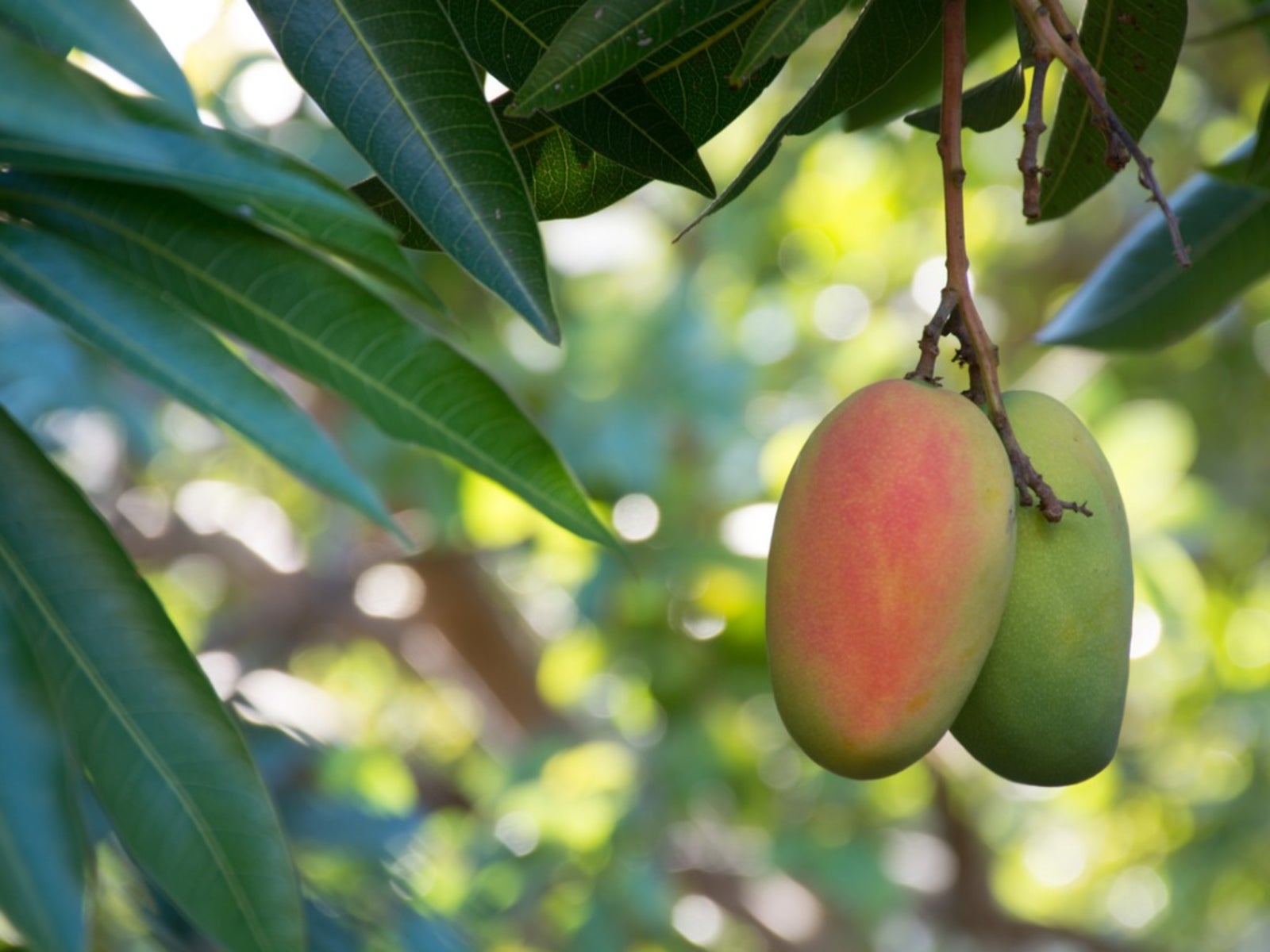 Mango Leaf Tips Are Burnt – What Causes Mango Tipburn
Mango Leaf Tips Are Burnt – What Causes Mango TipburnWhen your mango leaves are burnt on the tips, it’s likely to be a disease called tipburn. Tipburn of mango leaves can be caused by several different issues, but, fortunately, none are too difficult to treat. Click here for information on tipburn and its treatment.
By Teo Spengler
-
 Planting A Mango Pit – Learn About Mango Seed Sprouting
Planting A Mango Pit – Learn About Mango Seed SproutingGrowing mangoes from seed can be a fun and enjoyable project for kids and seasoned gardeners alike. While extremely easy to grow, there are a few issues that you may encounter when attempting to plant seeds from grocery store mangoes. Learn more here.
By Tonya Barnett
-
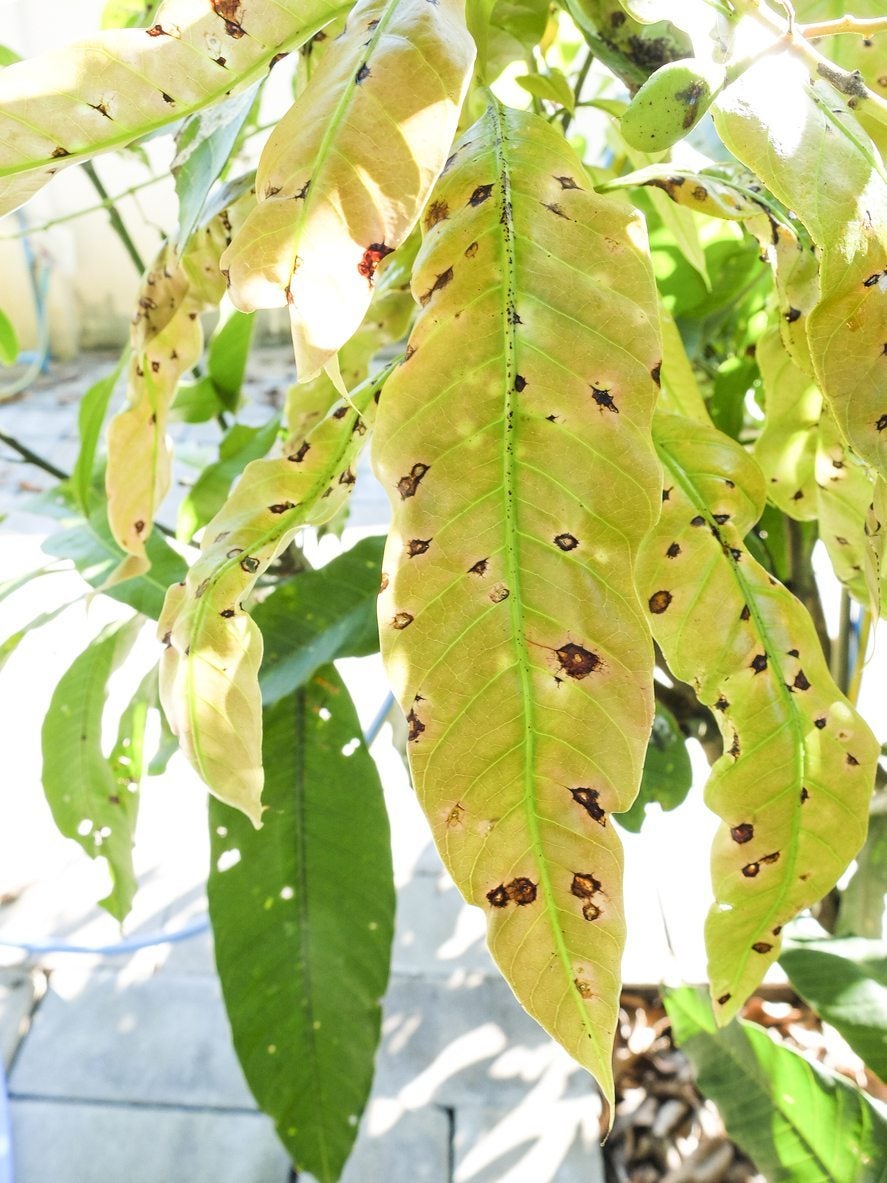 How To Manage Mango Disease: Tips For Treating A Sick Mango Tree
How To Manage Mango Disease: Tips For Treating A Sick Mango TreeDelicious they may be, but the trees are susceptible to a number of mango tree diseases. Treating a sick mango means correctly identifying mango disease symptoms. Click this article to find out about diseases of mangos and how to manage mango diseases.
By Amy Grant
-
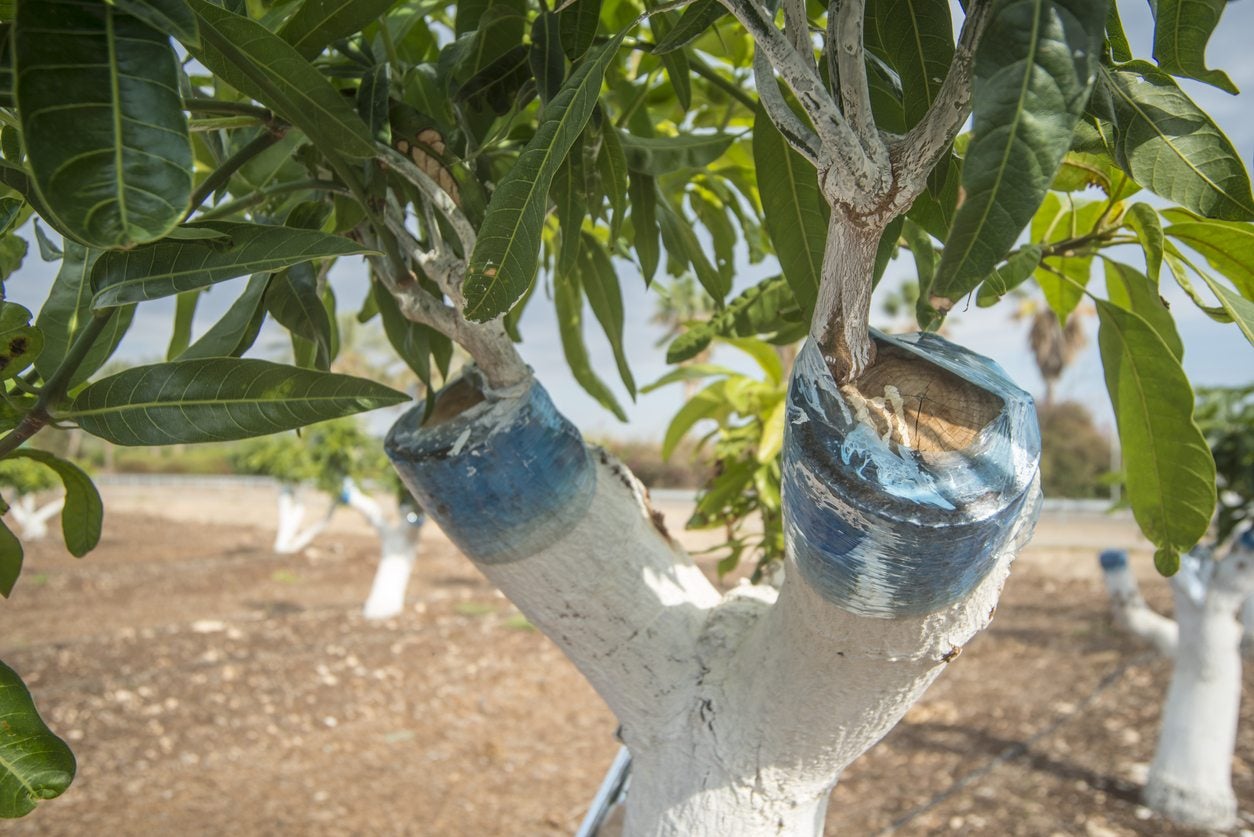 Mango Tree Grafting – Learn How To Graft A Mango Tree
Mango Tree Grafting – Learn How To Graft A Mango TreeWhen propagating by seed, trees take longer to produce fruit, thus mango tree grafting is the preferred method of propagation. In the following article, we?ll discuss how to graft a mango tree and other pertinent information of this technique.
By Amy Grant
-
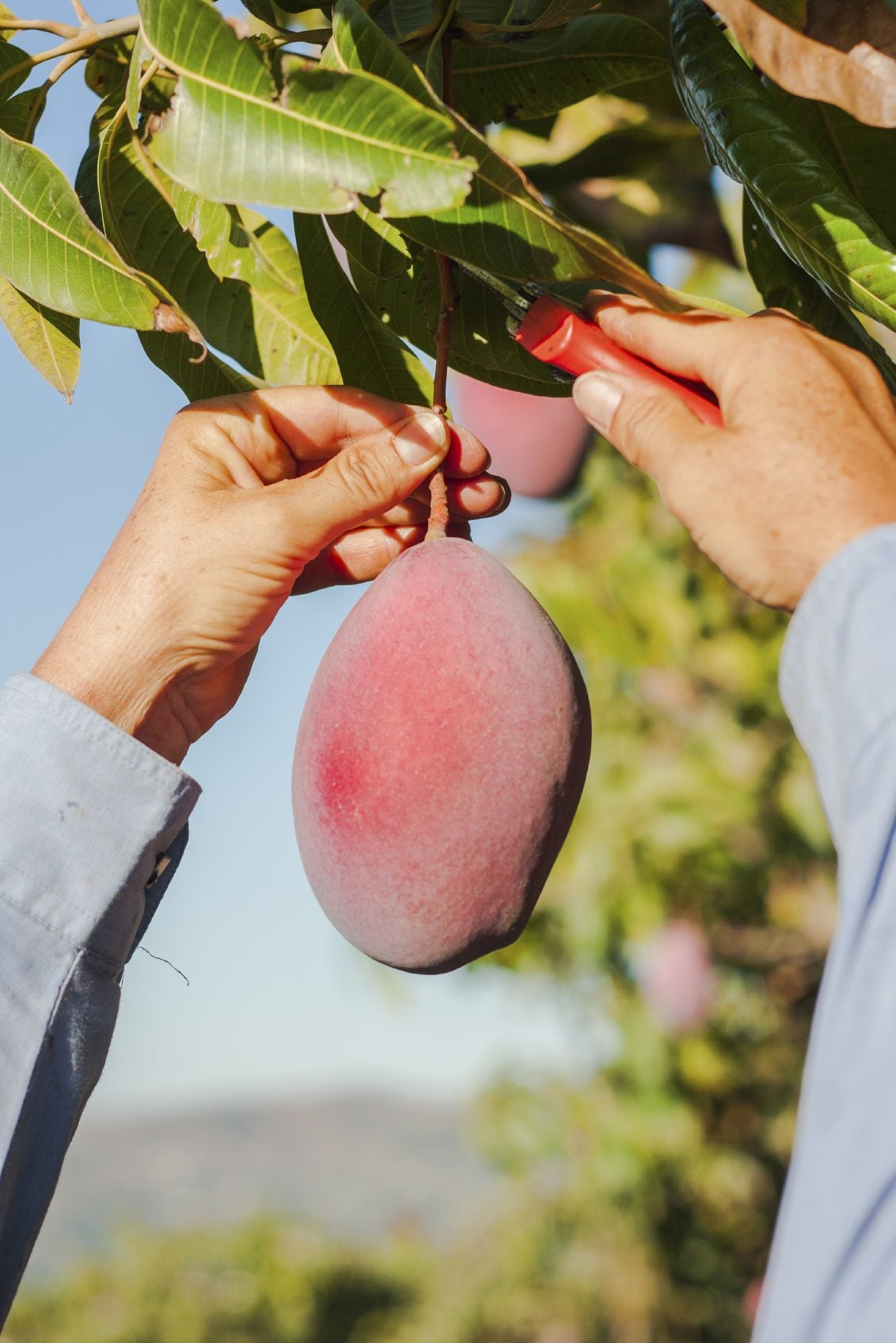 Mango Fruit Harvest – Learn When And How To Harvest Mango Fruit
Mango Fruit Harvest – Learn When And How To Harvest Mango FruitMangos are an economically important crop in tropical and subtropical areas of the world. If you are lucky enough to have a mango tree, you may have wondered "When do I pick my mangos". Find out when and how to harvest mango fruit here.
By Amy Grant
-
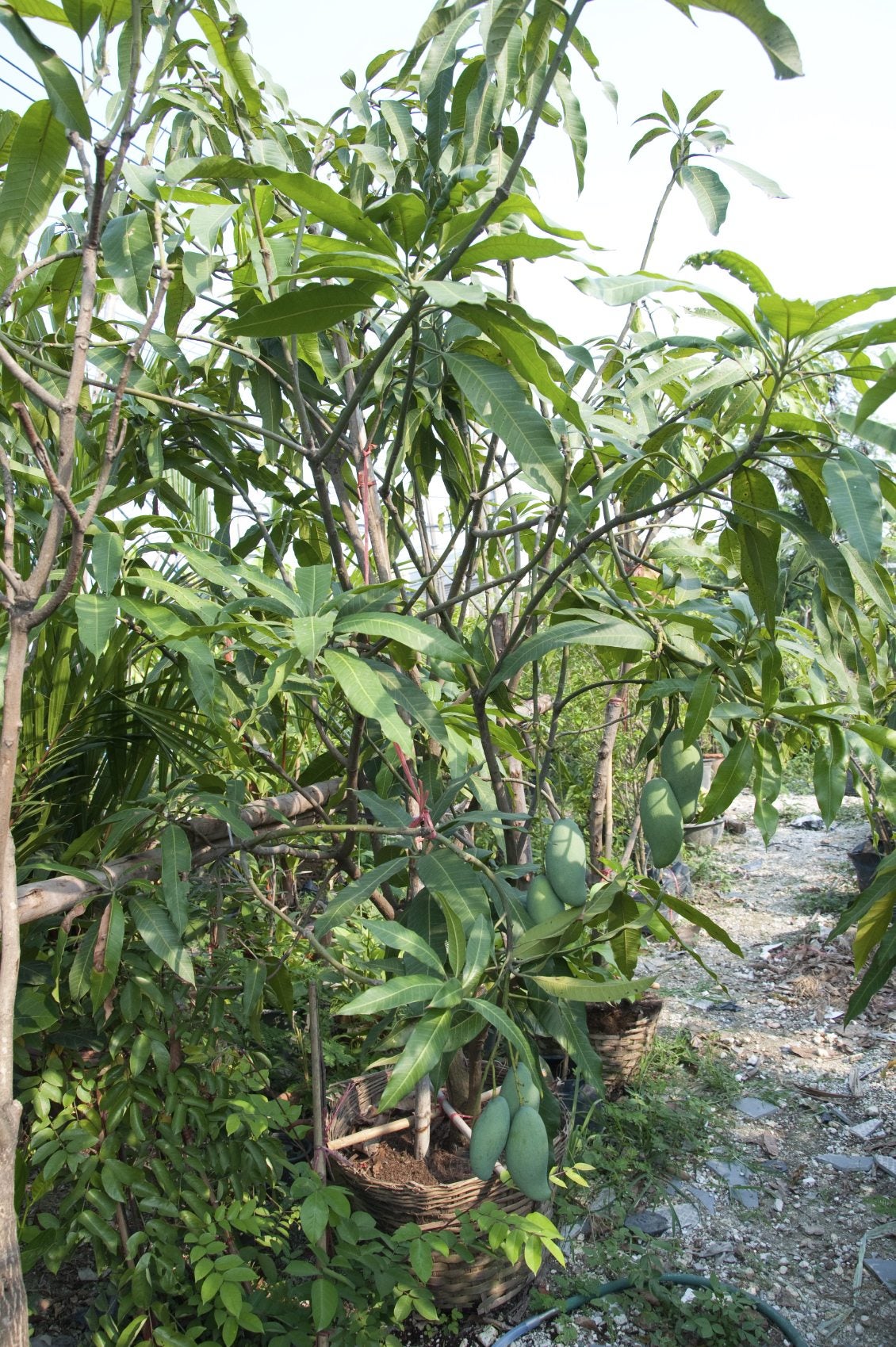 Mango Pruning Guide: Learn When And How To Trim A Mango Tree
Mango Pruning Guide: Learn When And How To Trim A Mango TreePruning mango trees improve their overall health and harvest. So how do you prune a mango tree and when is the best time to prune a mango tree? Learn more in the article that follows. Click here for additional information.
By Amy Grant
-
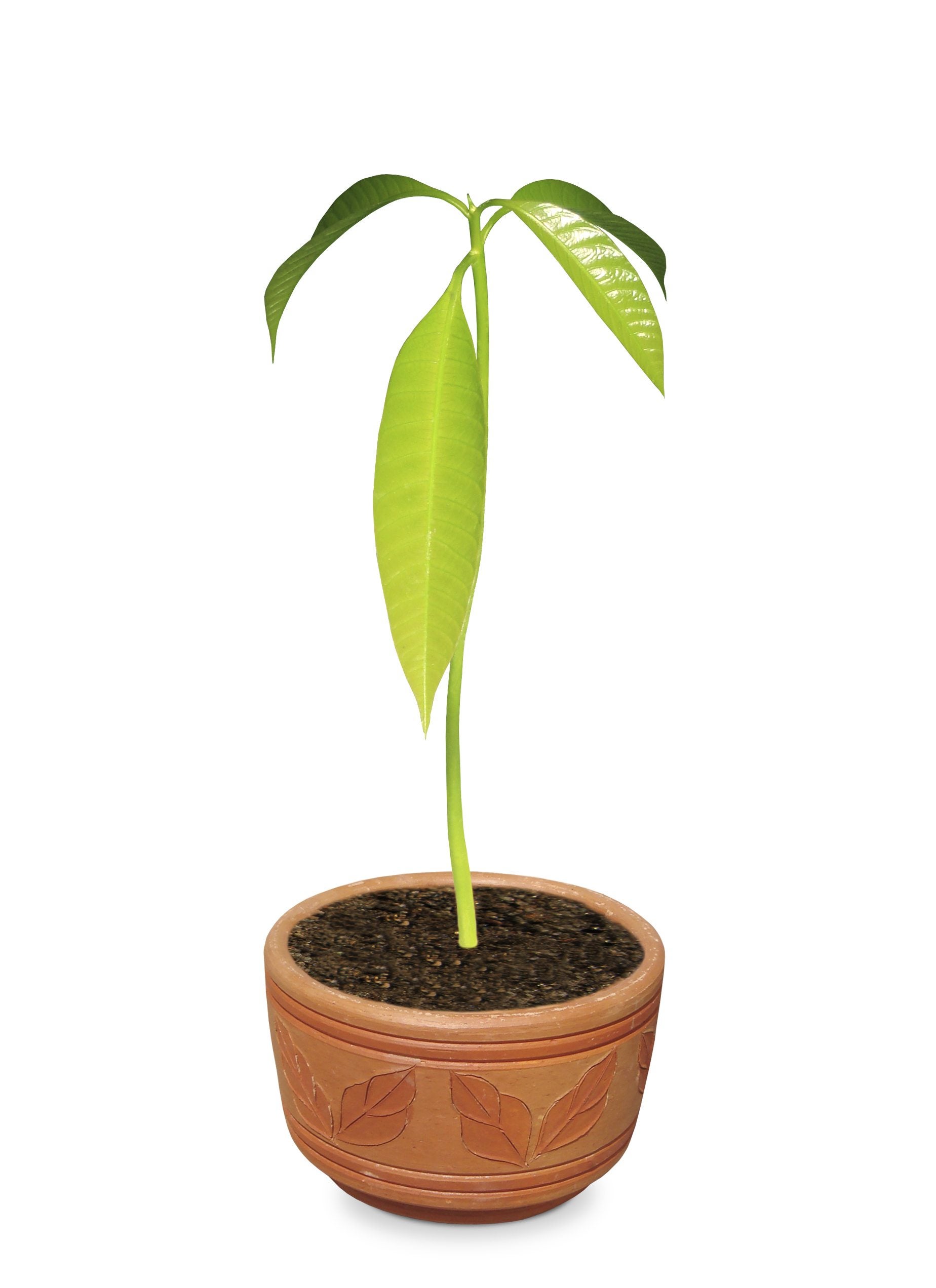 Container Grown Mango Trees – How To Grow Mango Trees In Pots
Container Grown Mango Trees – How To Grow Mango Trees In PotsMangos are exotic, aromatic fruit trees that absolutely abhor cold temps. Since many of us don't live in such consistently warm regions, you might be wondering how to grow mango trees in pots or even if it's possible. Click here to learn more.
By Amy Grant
-
 Mango Tree Not Producing: How To Get Mango Fruit
Mango Tree Not Producing: How To Get Mango FruitOne of the most popular fruits in the world, mango trees have been grown for more than 4,000 years. Mango tree problems, like no mango fruit on trees, have been duly noted with solutions found in this article.
By Amy Grant